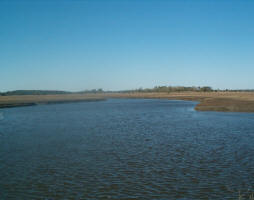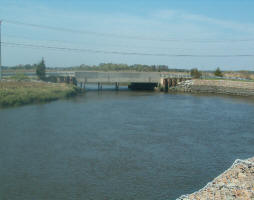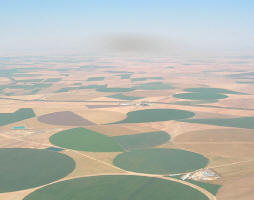Initiatives & Projects
 Hydrometeorological data resources and technologies for effective flash flood forecasting
Hydrometeorological data resources and technologies for effective flash flood forecasting
- The management of flash flood hazards and risks is a critical component of public safety and quality of life. Flash-floodsdevelop at space and time scales that conventional observation systems are not able to monitor for rainfall and river discharge. Consequently, the atmospheric and hydrological generating mechanisms of flash-floods are poorly understood,leading to highly uncertain forecasts of these events.
| Project number | 037024 | ||
|---|---|---|---|
| Subject(s) | RISKS AND CLIMATOLOGY | ||
| Acronym | HYDRATE | ||
| Geographical coverage | Italy, France, Austria, Spain, United Kingdom, Greece, Slovak Republic, Romania, United Kingdom, Netherlands, South Africa, United States, Canada | ||
| Budget (in €) | 3489434 | ||
| Programme | INCO MED (FP6) | ||
| Objectives | - The HYDRATE objective is to improve the scientific basis of flash flood
forecasting by extending the understanding of past flash flood events,
advancing and harmonising a European-wide innovative flash flood observation
strategy and developing a coherent set of technologies and tools for
effective early warning systems. To this end, the project includes actions on the organization of the existing flash flood data patrimony across Europe. The observation strategy proposed in HYDRATE has the objective to collect flash flood data by combining hydrometeorological monitoring and the acquisition of complementary information from post-event surveys. - This will involve a network of existing Hydrometeorological Observatories; all placed in high flash flood potential regions. HYDRATE will develop a freely-accessible European Flash Flood Database to make available the collected hydrometeorological data to the international research community. The final aim of HYDRATE is to enhance the capability of flash flood forecasting in ungauged basins by exploiting the extended availability of flash flood data and the improved process understanding. The Partners include nine universities, seven government research centres, and one SME. These represent eight Member States, one Associated Candidate State and three third-countries |
||
| Results | - Thus the results of HYDRATE will benefit from assembling international knowledge and scientific expertise and lead to advancements in observation strategy for implementation not only in Europe but internationally. | ||
| Period | [01/01/2005 - 01/01/2008] | ||
 you are not logged in
you are not logged in





